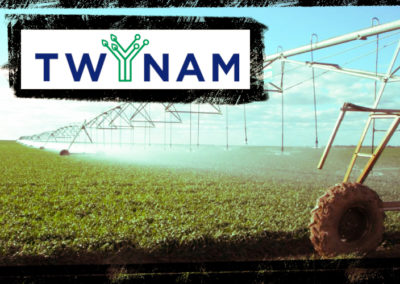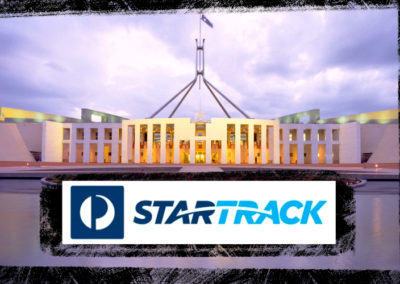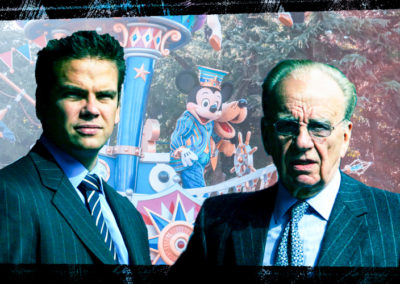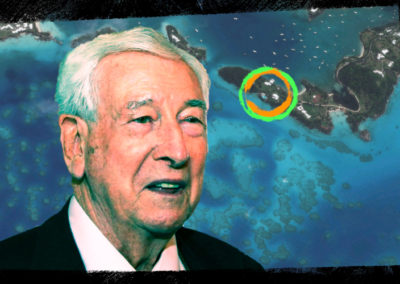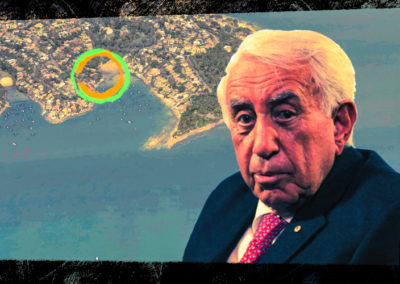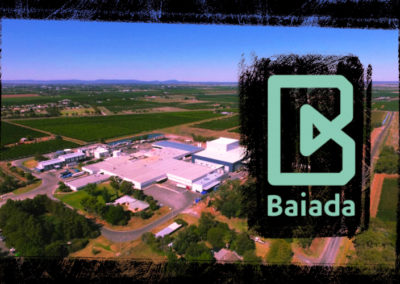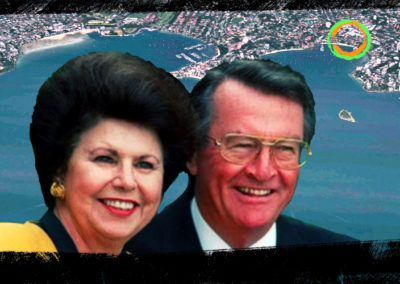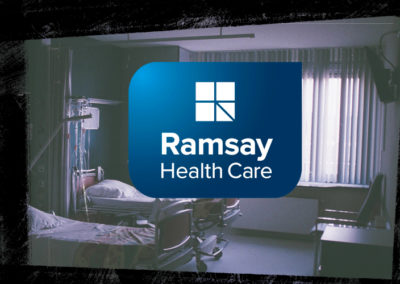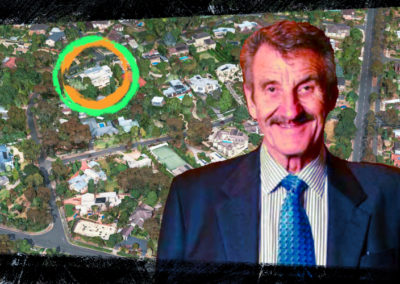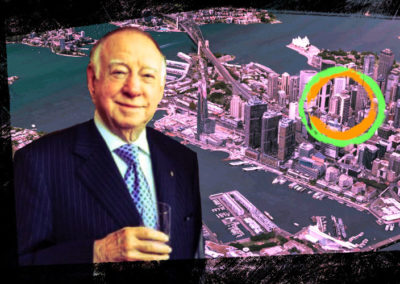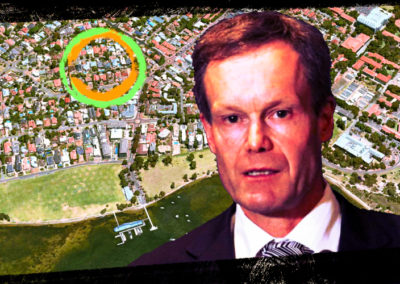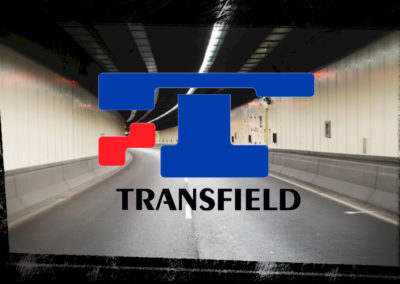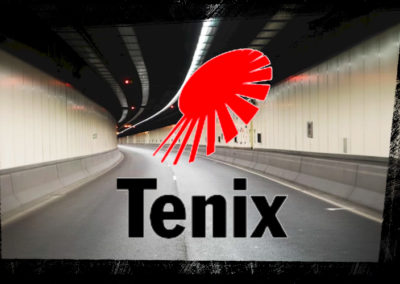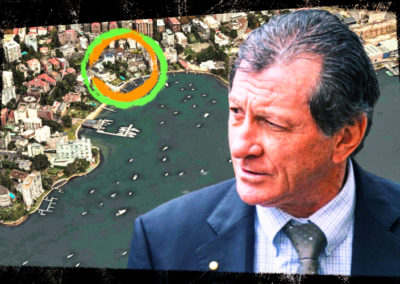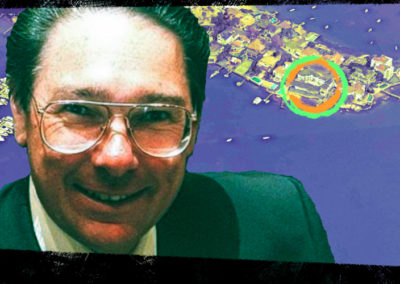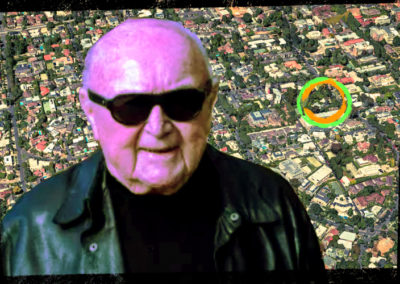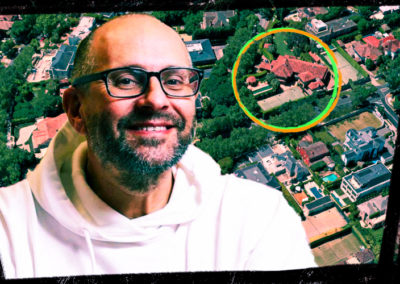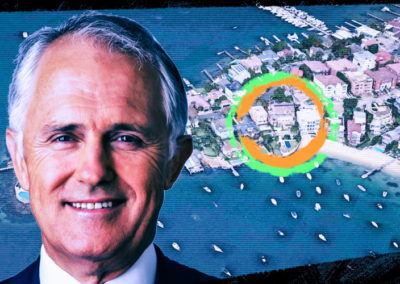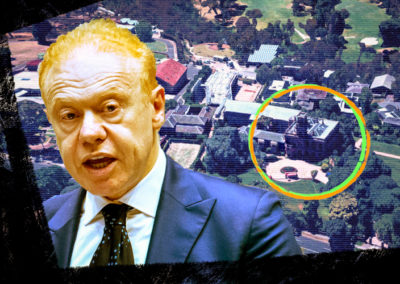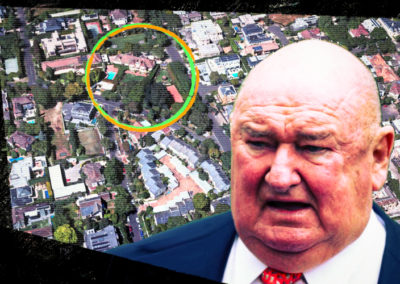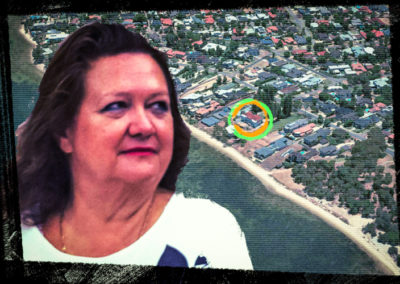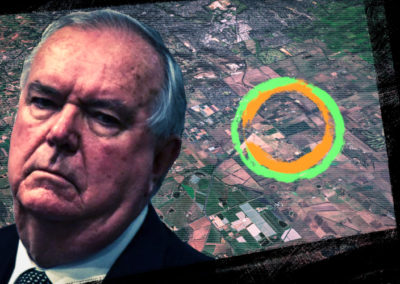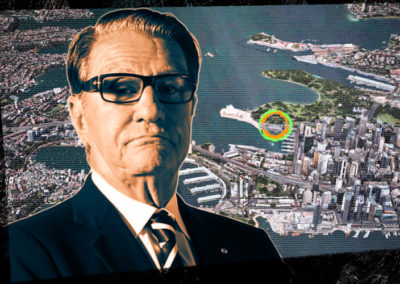Grahame Mapp has been on every AFR rich list since it was first established in 1984. Mapp has business interests in various sectors, including mining, entertainment, property, and horseracing. He is affiliated with two Dark Companies on the Secret Rich List.
| Top 200 Rich List (2020) | No. of Dark Companies: 2 | Political Donations since FY 1998-99 |
|---|---|---|
| Rank: 193 | Mapp Group Holdings Pty Limited | Labor Party: $0 |
| Wealth: $554m | Omnilab Media Investments Pty Limited | Coalition: $40,000 |
| Wealth (2019): $574m | Independent: $0 | |
| YoY wealth change: -3.5% | Total: $40,000 |
Grahame Mapp made his first fortune in 1974 after a buyout of London investment firm Slater Walker. Mapp then established Oakbridge Pty Ltd, which has become one of Australia’s largest coal miners and exporters. Oakbridge is now owned by Lendlease.
In 1983 Mapp founded Omnilab, an entertainment and technology company that has produced a dozen movies through its production arm Ambience Entertainment. Omnilab Media is run by Mapp’s son Christopher Mapp. Through his Dark Company Omnilab Media Investments Pty Limited, Mapp is the 17th largest shareholder in Harvey Norman, holding more than 2 million shares worth $10.4 million.
Mapp owns Hobartville Stud, located on 101 hectares in Richmond, NSW. The property was built by convict architect Francis Greenway and is the oldest horse stud in Australia.
In 1986, Mapp was made a Companion in the General Division of the Order of Australia (AC) for his “service to the coal industry and the community”. In recent years, Mapp has undertaken several charitable endeavours, becoming a significant patron of Life Education, the proprietors of Healthy Harold, an education program run in schools across Australia.

